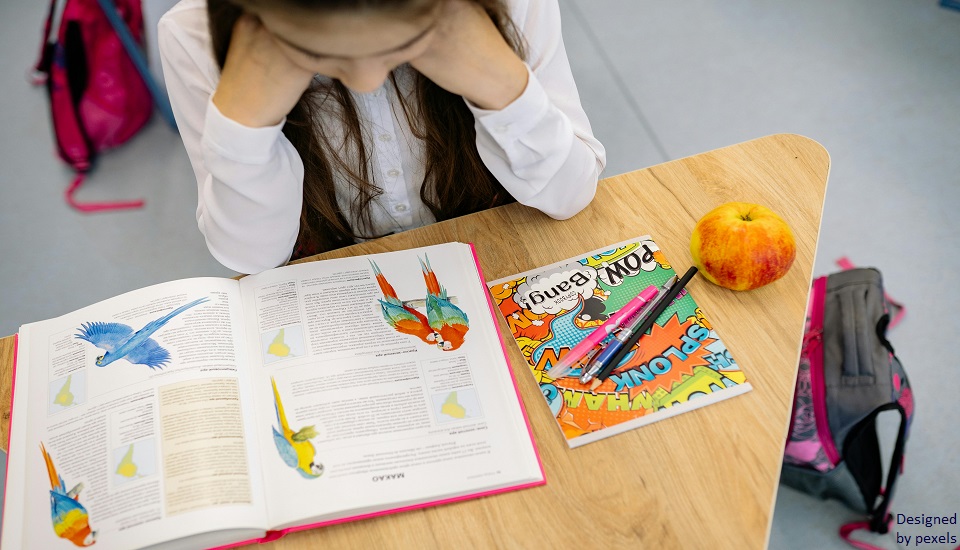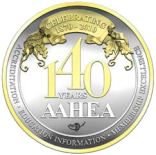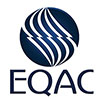Exploring Interactive Content: A Game-Changer for Modern Education
6th January 2025

Whoever said education is all about textbooks and lectures clearly hasn't met the powerhouse that is interactive content! In today's tech-savvy world, interactive content is revolutionizing how students learn and teachers teach.
Interactive tools transform the learning experience from standard to extraordinary by engaging students in a way that passive content never could. Imagine lessons where students aren't just absorbing information but actively participating in their learning journey—exciting, right?
Interactive content caters to diverse learning styles, keeping learners captivated, motivated, and on track! Those educators who have pursued courses like Teacher Training Courses in HongKong, knows it really well.
Before you move to the topic, can we ask you a quick question? Do you follow us on Social Media? If not, then you’re missing out on a lot of informative content. We regularly share upgraded educational content, tips, feedback, and more. Check us out by clicking the profiles here - Facebook / Twitter / LinkedIn / Pinterest / Instagram / YouTube
Let's dive into the world of interactive content and explore how it's making waves in education.
Types of Interactive Content Used in Education
Here are various types of interactive content that are being used in education:
- Multimedia Presentations
Multimedia presentations are a vibrant blend of text, audio, and video elements. These presentations can transform a dull slideshow into an exciting learning experience. By incorporating graphics, sounds, and animations, educators can cater to students who thrive visually and audibly. This dynamic form of content keeps students attentive and facilitates better retention of information. Additionally, multimedia presentations can be easily shared and accessed online, making them ideal for remote learning environments.
- Interactive Quizzes and Simulations
Quizzes and simulations are fantastic tools for encouraging active learning. Interactive quizzes not only test students' knowledge but also provide instant feedback that helps reinforce learning. When combined with simulations, students can engage in virtual experiments or scenarios that mimic real-world situations. This hands-on approach allows learners to explore concepts and theories without the risks or resource limitations of a physical environment. Such active participation helps solidify understanding and makes the learning process lively and fun!
- Virtual Reality and Augmented Reality
Virtual Reality (VR) and Augmented Reality (AR) are reshaping education by immersing students in richly interactive virtual worlds. Through VR, students can take a virtual field trip to ancient cities or the depths of the ocean, experiencing subjects firsthand. Meanwhile, AR overlays digital information in the real world, enhancing traditional learning materials with interactive elements. These technologies captivate students' imaginations and transform the education experience into an extraordinary adventure.
Benefits of Using Interactive Content
Let’s get to know some of the major benefits of using interactive content in your classroom:
- Enhancing Student Engagement
Interactive content has a powerful impact on student engagement. By actively involving students in their learning, these tools transform passive participants into active learners. Whether it's through interactive quizzes or exploring new worlds with VR, students are more likely to stay motivated and enthusiastic about their studies. Engaged students often show improved academic performance and a deeper understanding of the material.
- Catering to Various Learning Styles
One of the standout benefits of interactive content is its ability to cater to diverse learning styles. Whether a student learns best through visuals, hands-on activities, or auditory means, interactive content provides the flexibility to meet these needs. Tools such as multimedia presentations and simulations can be adapted to provide the best resource for each learner, ensuring that no student is left behind.
- Providing Instant Feedback
Instant feedback is crucial for effective learning, and interactive content delivers just that. With features like automated quiz scoring and real-time results in simulations, students receive immediate insights into their understanding. This timely feedback helps students identify areas of improvement promptly, allowing them to adjust their learning strategies accordingly. By bridging the gap between effort and feedback, interactive content supports continuous student growth and development.
Challenges in Implementing Interactive Content
While interactive content brings a spark of innovation and excitement to the educational landscape, implementing these tools isn't always a smooth journey. Let's explore some common challenges educators face when trying to integrate interactive content into their teaching strategies.
- Technological Barriers
One of the most significant challenges is the technological barrier. Not all schools have access to the latest technology needed to support interactive content, such as fast internet connections, suitable hardware, and up-to-date software. Even when schools have tech, unexpected glitches or compatibility issues can disrupt learning experiences. This can be frustrating for educators and students alike, slowing down the pace of learning and innovation.
- Training and Support for Educators
Another hurdle is the need for proper training and support for educators. Simply providing the tools isn’t enough, teachers must be adequately trained to use them effectively. Professional development programs are crucial in helping teachers understand how to incorporate interactive content into their lessons seamlessly. Having a support system, such as tech support teams or peer mentoring, can greatly enhance the comfort level and readiness of educators to use these tools confidently.
- Evaluating Content Effectiveness
Evaluating the effectiveness of interactive content is another important challenge. Educators need robust methods to assess whether these tools are truly enhancing learning outcomes. This means looking beyond engagement metrics to deeper evaluations like improved understanding and retention. Schools and teachers may need to develop new assessment models or benchmarks to accurately measure the impact of interactive content on student performance and tailor their approaches accordingly.
Final Thoughts
In the ever-evolving landscape of education, interactive content stands out as a powerful ally for teachers and students alike. By incorporating interactive tools, educators can transform traditional lessons into dynamic and engaging learning experiences. Interactive elements such as quizzes, simulations, and videos not only capture students' attention but also foster a deeper understanding of complex subjects.
Moreover, interactive content encourages active participation and critical thinking, making learning more enjoyable and effective. Students are no longer passive recipients of information, they're actively involved in their educational journey. With a wide range of online resources available and pursuing courses like Teacher Training Courses in Hong Kong, educators can easily integrate interactive content into their teaching strategies, tailoring it to meet the diverse needs of their students.
We believe education should be accessible for everyone. That’s why we don’t charge for our blogs. Find the right course that will help you in your career with us, contact us at - 6621056101. You can mail us at act@asiancollegeofteachers.com.












